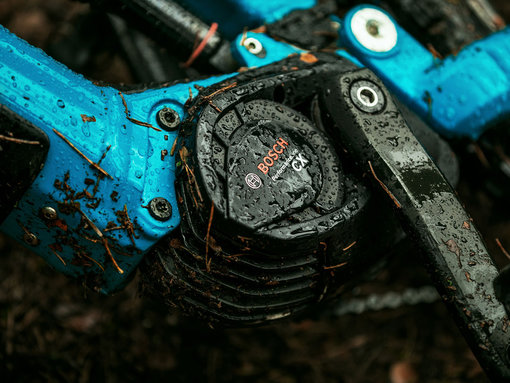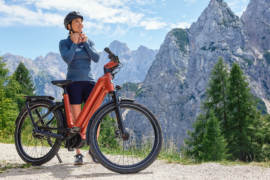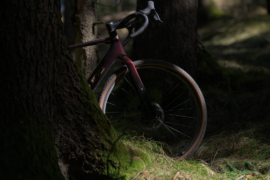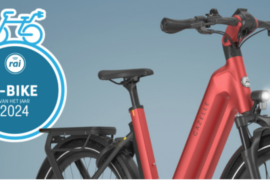Try our Products at our Electric Bike Shops in Bristol, Cambridge, Oxford or York
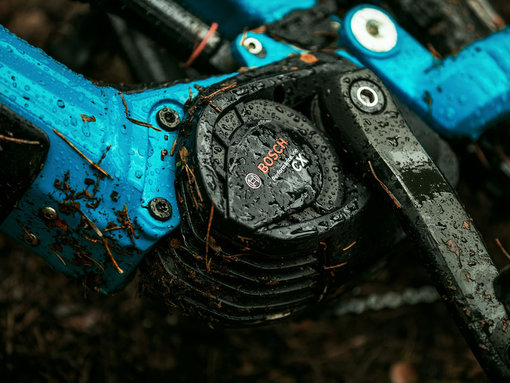
Most of the worlds giant manufacturers understand the need to have an evolving narrative around their products and brand and they generally achieve this by annually launching new hardware or features that hope to catch your attention and win your custom.
Some of these developments are unexpected even by industry insiders such as us and some are chipping away almost to scheduled at a parameter known to be of high importance to end users. A quick example could be Apple and Samsung making their smartphones thinner and lighter with better cameras.
So what new features do Bosch eBike have lined up for model year 2022?
Well we can’t reveal everything just yet but we can share news about early release features and information that has already made its way into the public domain.
A quick recap of 2021 releases.
So 2021 saw the introduction of the Nyon touch screen display that became so popular that Bosch eBike had to more than double production capacity and limit supply to it’s OEM bike partners. It launched the 625Wh power tube battery to increase range and some bike brands decided to offer double battery models with an incredible 1250Wh on board – see our Riese and Muller 2021 range for examples.
We also saw the Generation 4 performance line CX motor arrive on many more ebikes with the full 85Nm of torque active. From a software perspective Bosch eBike released navigation and security features for the newer Nyon and Kiox displays.
First Bosch eBike 2022 Release is Tour+ Mode
Bosch continue to evolve their algorithmic ride response based on how significant percentages of riders use the system. They clearly analyse the ride data collected during system updates and increasingly via connected eBikes and decide how to improve the system ride features to improve user experience.
And for model year 2022 (although launched July 2021) this means we get Tour+ riding mode which is available on Bosch Performance line CX motors and removes the need to switch between assist levels by aiming to automatically and smoothly move through assist ratios and provide just the right amount of support when needed.
The obvious question is how does it know what support you need compared to any other rider. Bosch mention the sensors which have a sensing rate of over 1,000 / second and they already use this data feed to control the motor response in seemingly real time but now they feel confident that they can calculate what would be considered a ‘natural’ response by many different riders on different ebikes on different terrain with different tyres and pressures, full suspension ebikes or hardtail ebikes….etc. I would think that’s a tall order for any system but I’m not privy to the years of data Bosch have collected. It’s hard to imagine that with so many variables Bosch eBike Systems have an algorithm that know what we all expect out of the box. I imagine that the system will learn how you ride by looking out for multi-sensor signatures in a similar way to the range estimate that increases in accuracy the more you ride your ebike. If this is the case you should find that the Tour+ mode feels more intuitive and natural over the initial few miles.
How does your Bosch eBike know when you are on a hill? In 2019 Bosch eBike Systems launched their gradient sensor and this will certainly be playing a crucial role in both the eMTB and Tour+ modes working to calculate what increase or decrease in support is required at any moment to avoid issues we’ve seen on several other mid motor systems of over (surge) and under (dropout) power.
What’s the difference between Boschs’ eMTB and Tour+ modes? They are closely related in terms of what they are trying to achieve which is greater automation of the power assist integration. Both eMTB mode and Tour+ mode are currently available on Bosch Performance Line CX motors and only with the eMTB update.
eMTB mode offers assist that moves between Tour and Turbo support levels and has a strong bias in favour of responding to pedal pressure over cadence. The goal to allow for maximum torque with a low speed and cadence. I.e. a seemingly simple feature to give eMTB riders what they need and when, afterall eMTB riders are used to controlling their bikes with pedal pressure and brakes and may sometimes be in the wrong gear and need power to get past an obstacle. Bosch eBike Systems refer to this as flow and control.
Tour+ mode is being touted to maximise range which on the face of it is a more complex feature to deliver successfully while making each rider feel like they are getting the assist they require at any one time. For the algorithms to achieve a true maximum range from the system it has to be working towards perfect efficiency or more probably at reducing wasted energy. The system will again have a bias towards pedal pressure but with a big slice of gradient in the mix sweeping between eco and turbo support levels and asking more of the rider on the flat.
There is a part of me that wonders if our ride data is telling Bosch that many of us stick the bike in Turbo and leave it there most of the time. The most powerful motors are certainly popular and it makes little sense for people to ride these around in Eco all of the time.
An old executive of Amazon (kings of consumer data) informed the world in a revealing documentary that Amazon learnt that people are 1. Lazy and 2. Horny and 3. Greedy. If the first one is true then maybe we are easier to predict and produce for than I imagine. Luckily our shopping habits are just a small part of who we are.
eMTB mode has been very popular and it will be very interesting to get feedback about the Tour+ mode from our wonderful customers.
We will share what we learn.
What else do Bosch eBike Systems have in store for 2022?
I see that there are rumours regarding a larger capacity 48V battery and a new motor and some other new peripheral hardware. Unfortunately I cannot confirm any of these just yet but it might be interesting to examine why Bosch eBike Systems would move to 48V.
In 48V electric bike systems you may notice a greater attack or acceleration with less lag and seemingly endless extra power compared to a 36V system. This is because less voltage drop will be experienced during heavy loads such as a full power standing start or steep hill climbs.
Improved thermal performance. The current required for any level of power will be less compared to a 36V system and a lower current means less heat all other things being equal.
Faster charging. If they have the same Wh capacity a 48V battery will require less Ah and therefore will charge faster than a 36V battery if the charger has the same charge current rating. E.g a 750Wh battery will = 15.6Ah @48V and 20.8Ah @36V. A 4Amp charger could charge a 15.6Ah in 3.9 hours but will charge a 20.8Ah in 5.2 hours.

